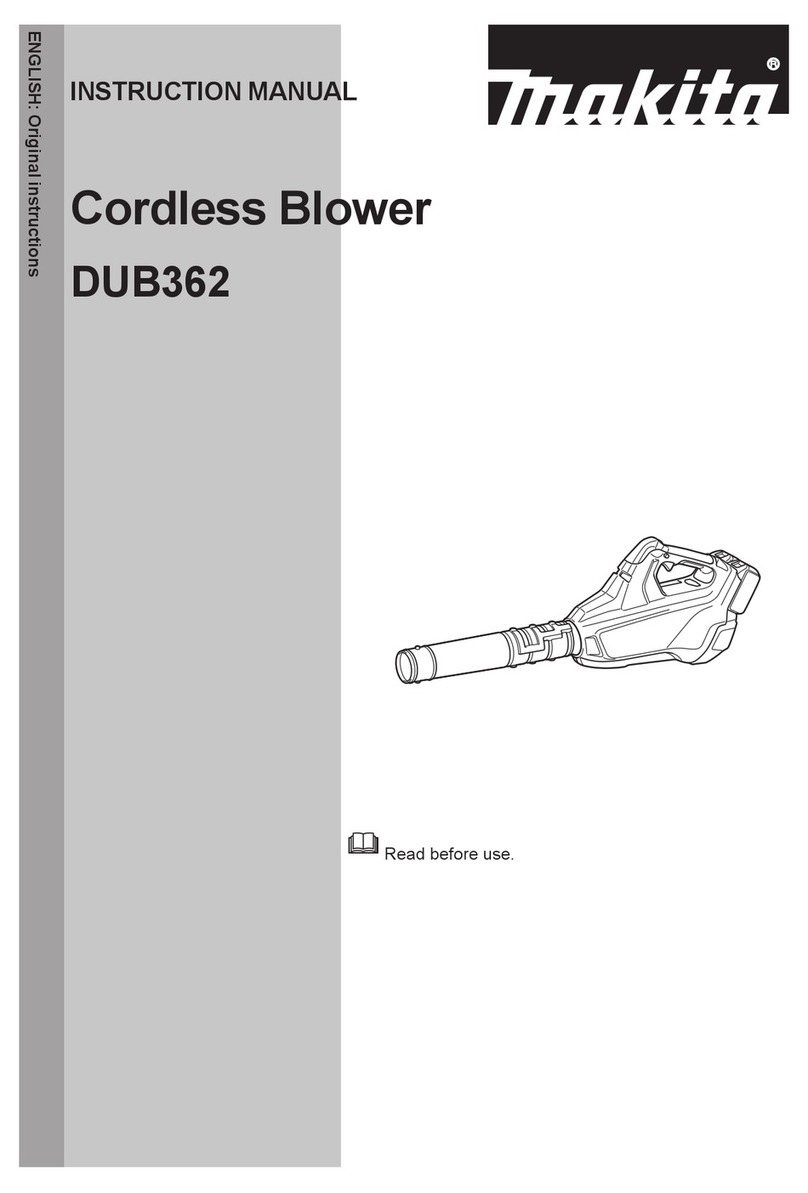Makita PM7650H Manual
Other Makita Blower manuals
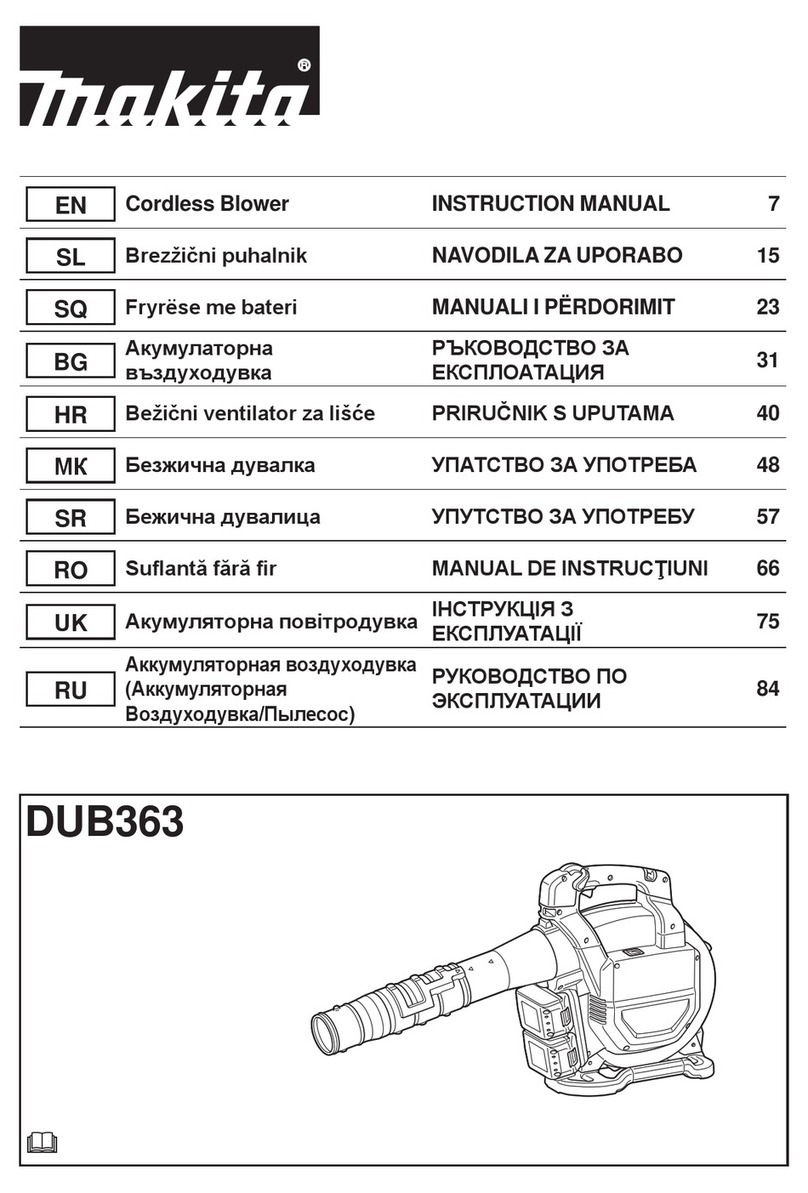
Makita
Makita DUB363 User manual

Makita
Makita UB1100 User manual
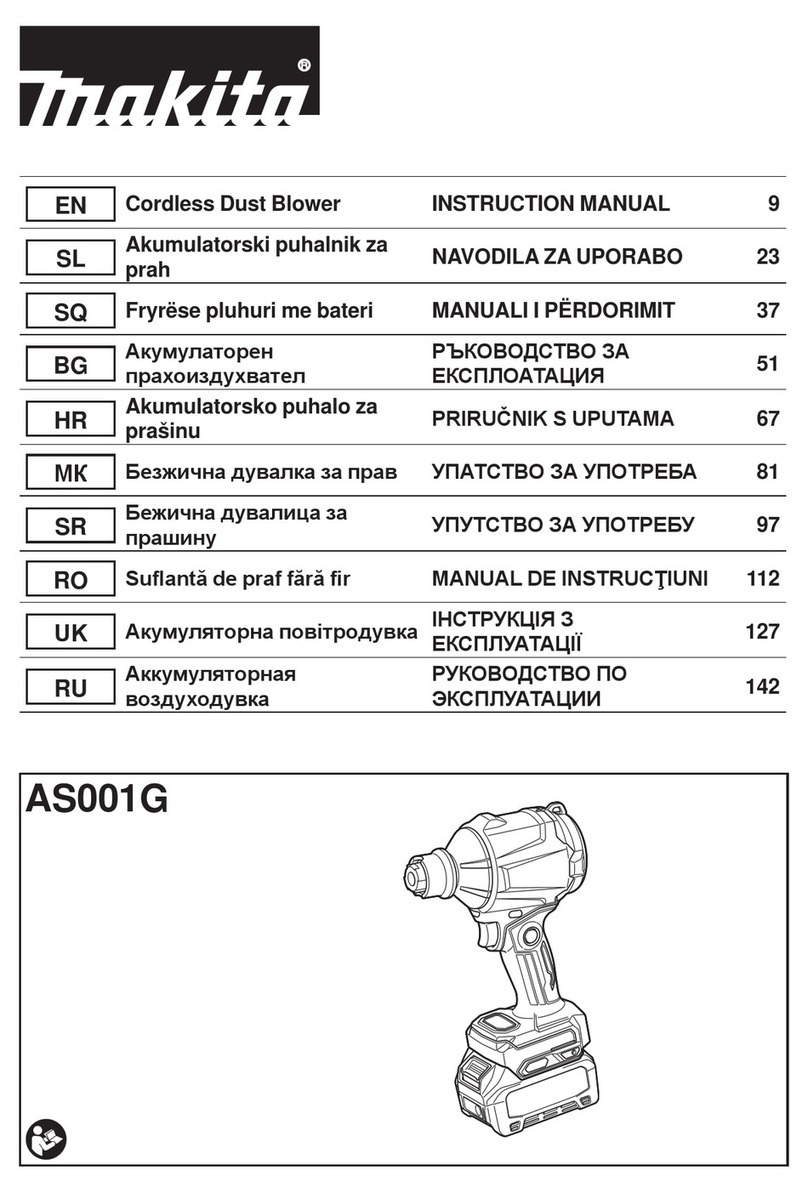
Makita
Makita AS001G User manual

Makita
Makita EB5300TH Operating instructions
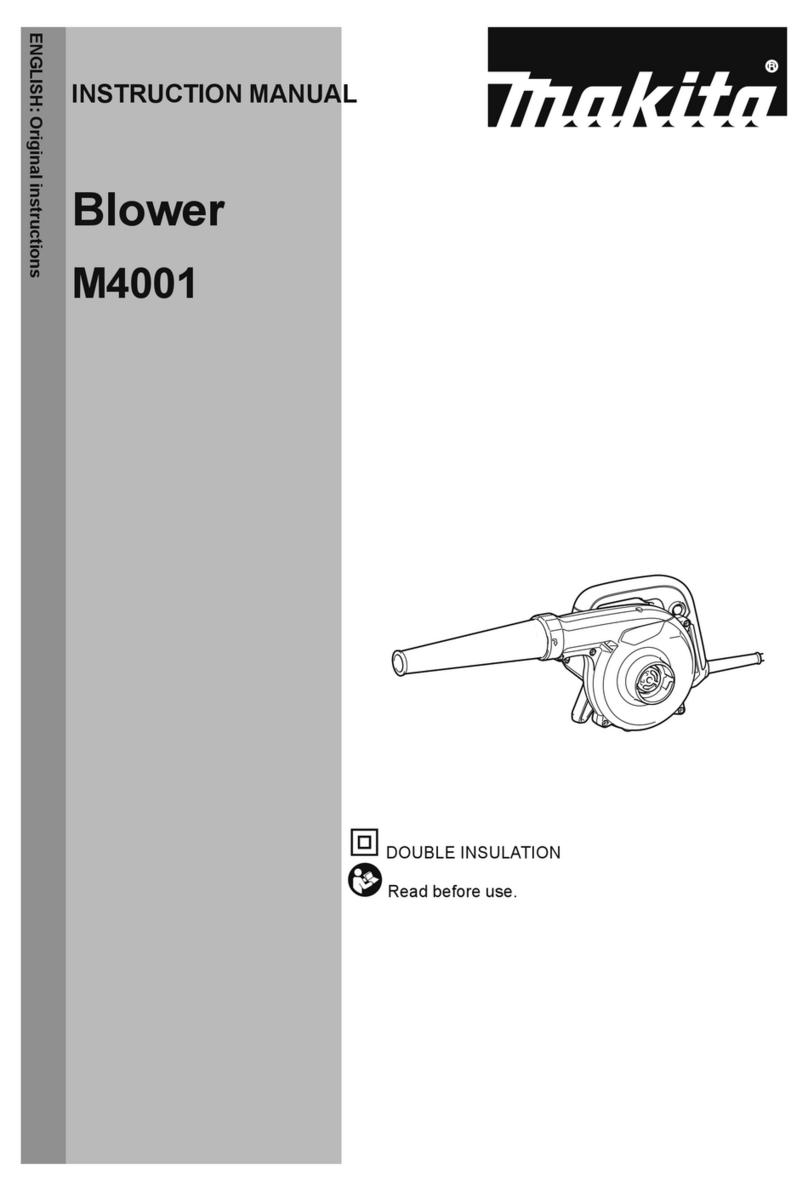
Makita
Makita M4001 User manual
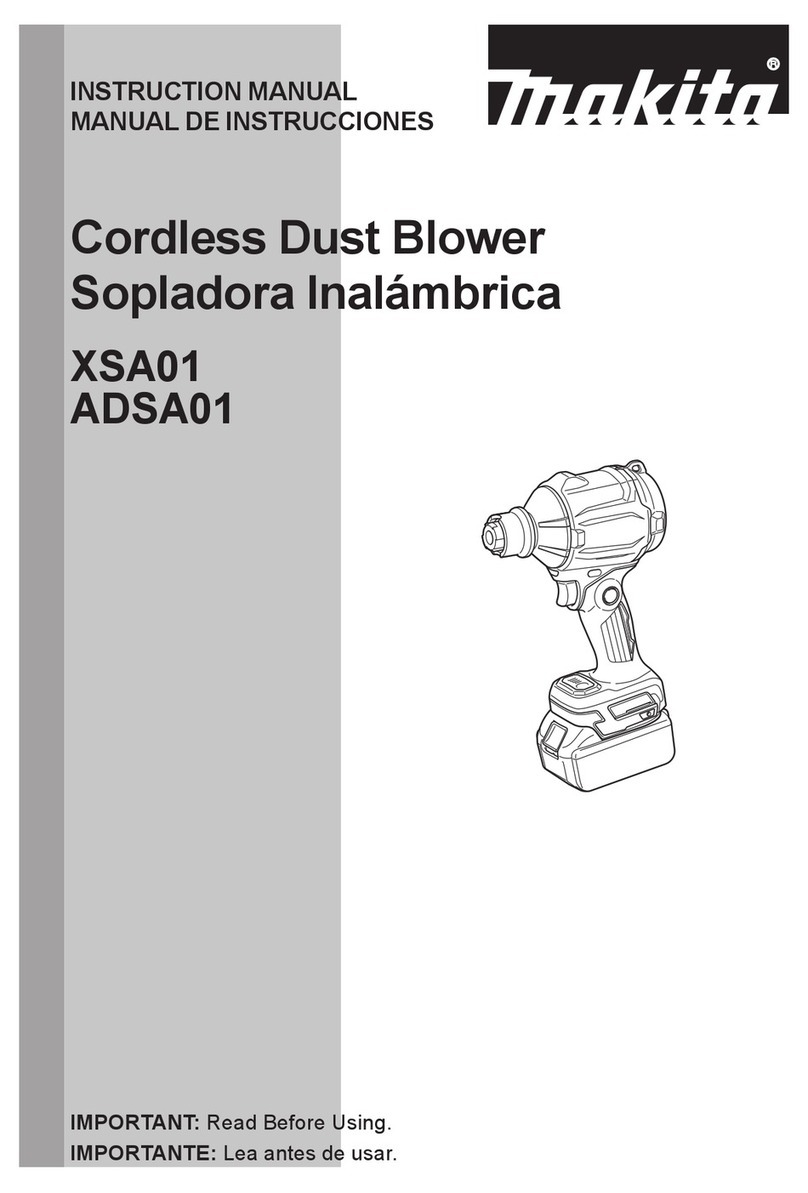
Makita
Makita ADSA01 User manual
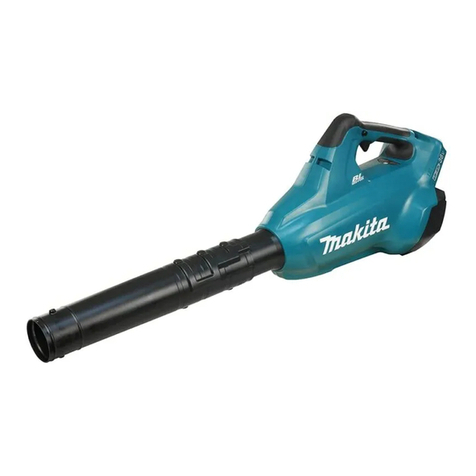
Makita
Makita XBU02 User manual
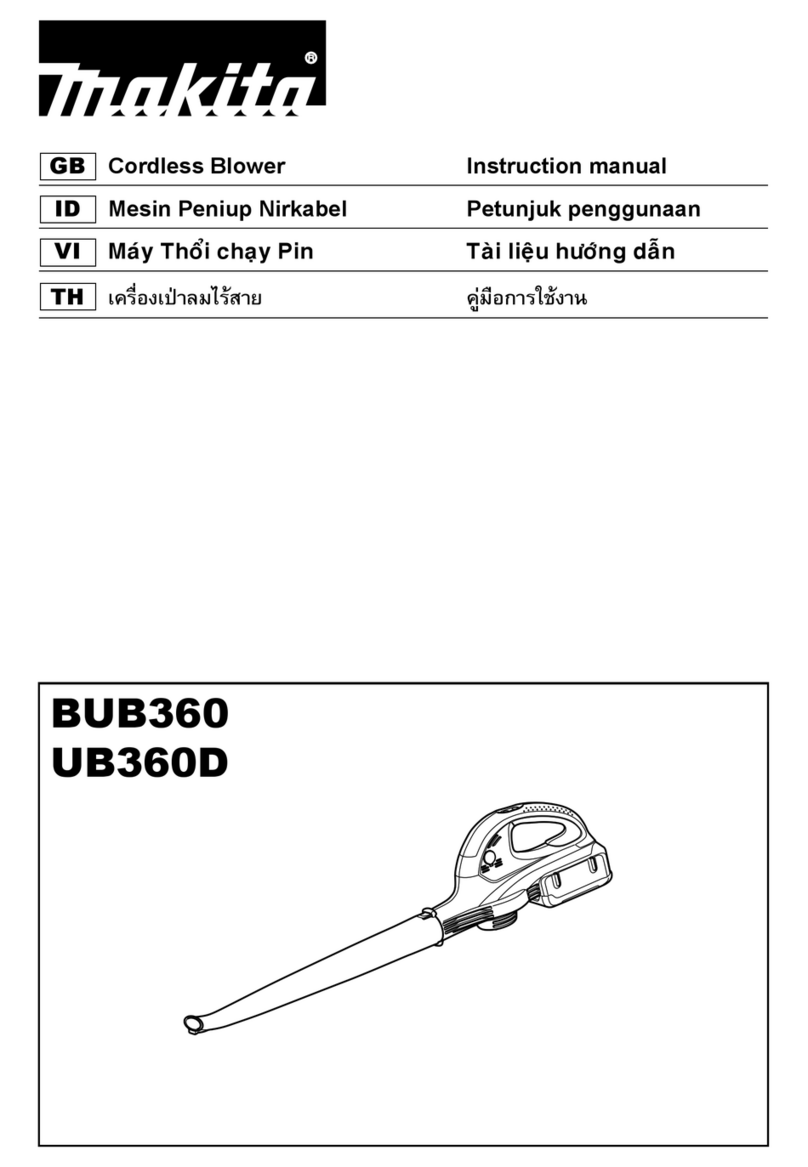
Makita
Makita BUB360 User manual
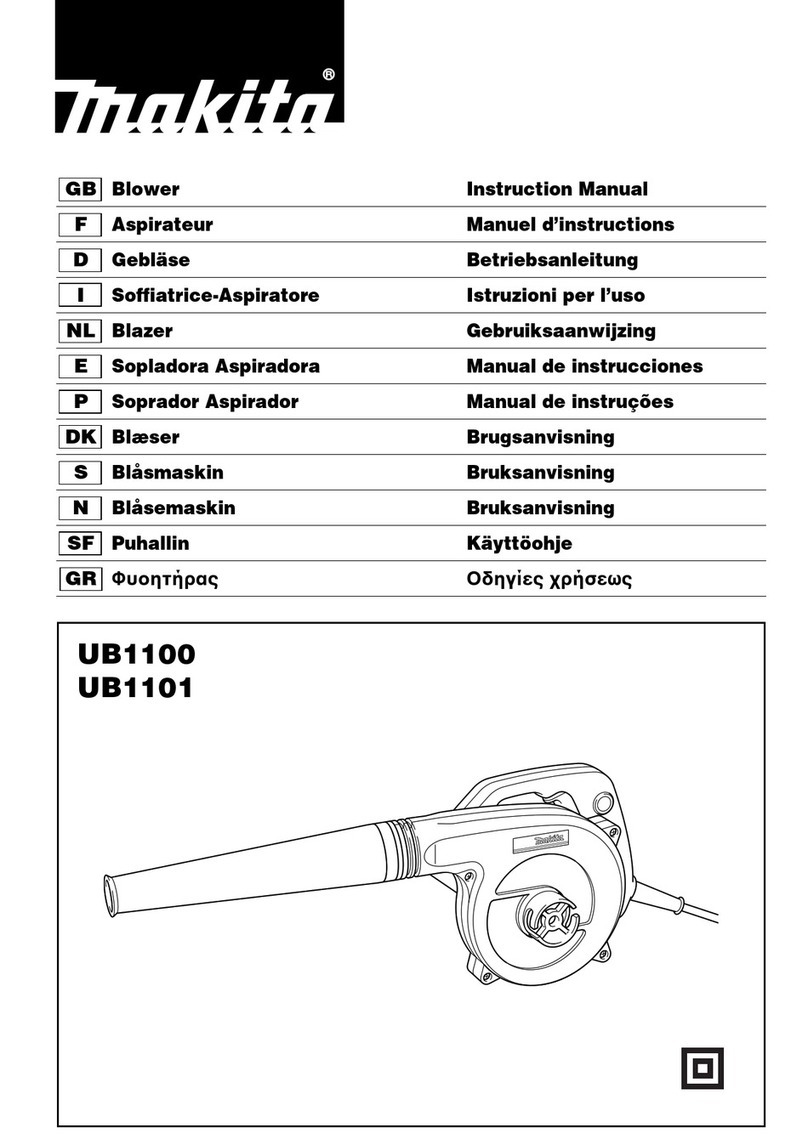
Makita
Makita UB1100 User manual

Makita
Makita DOLMAR EB-165 User guide
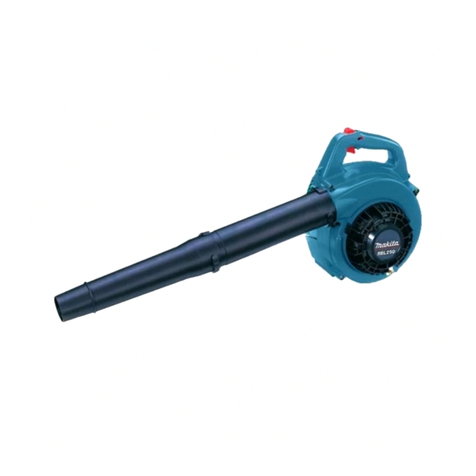
Makita
Makita RBL250 User manual
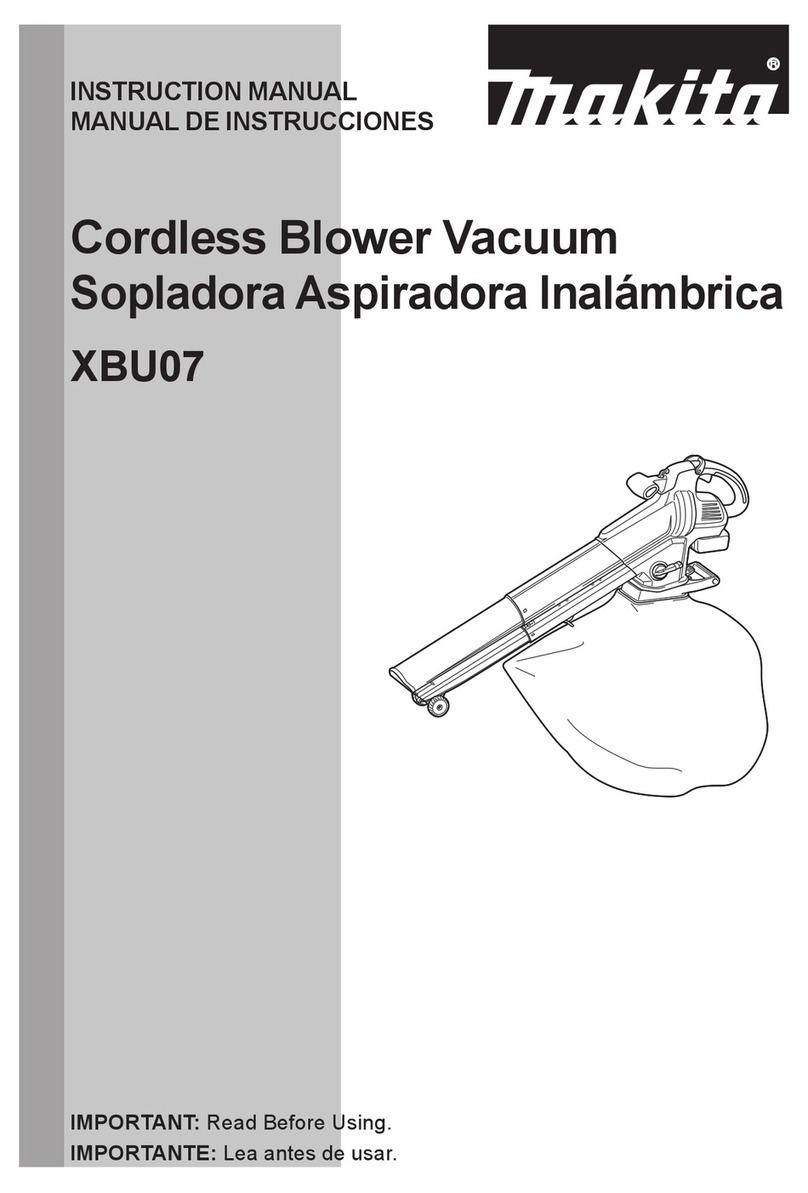
Makita
Makita XBU07 User manual
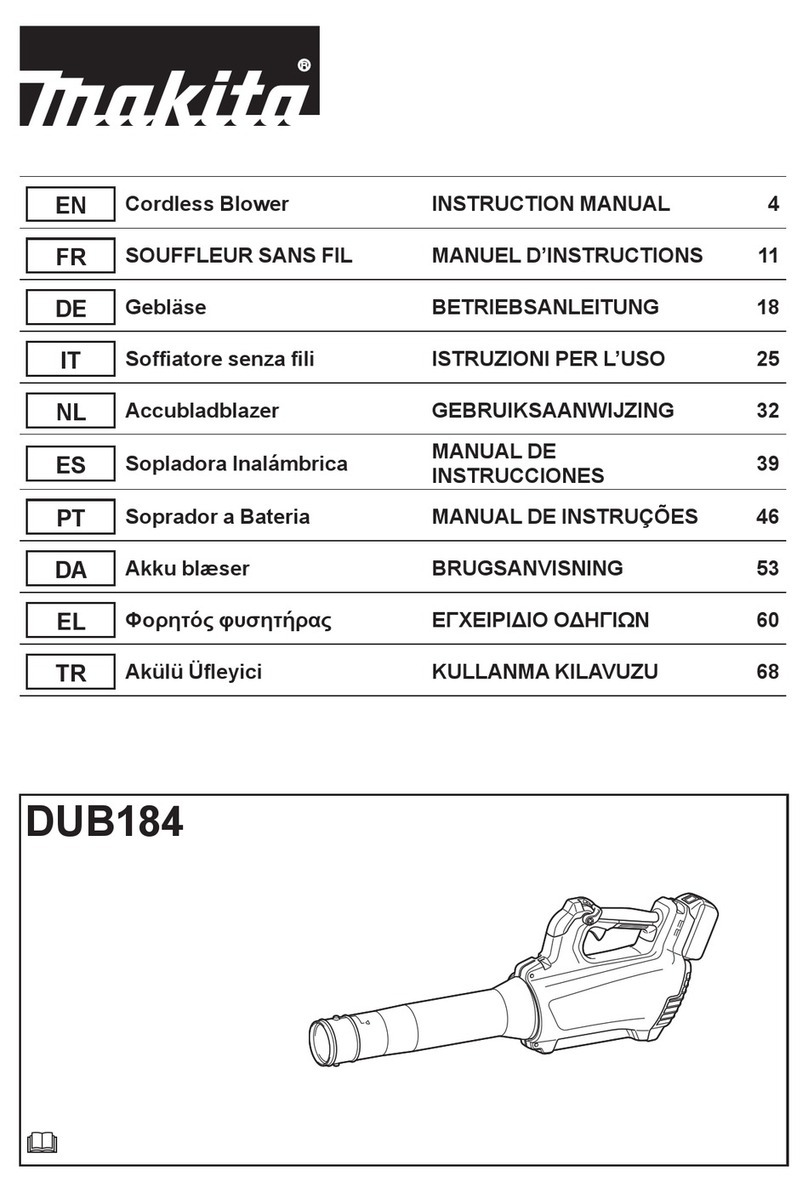
Makita
Makita DUB184 User manual

Makita
Makita BHX2500 User manual

Makita
Makita DUB362 User manual
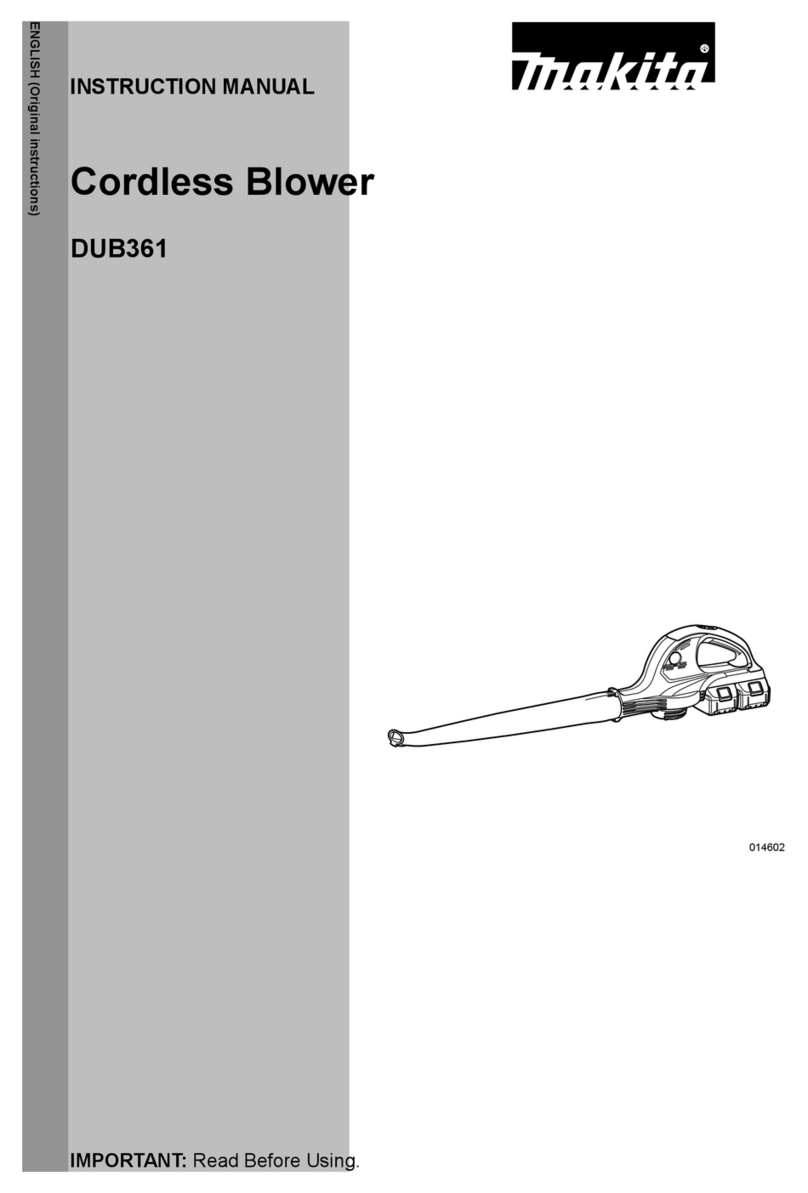
Makita
Makita DUB361 User manual

Makita
Makita DUB363 User manual
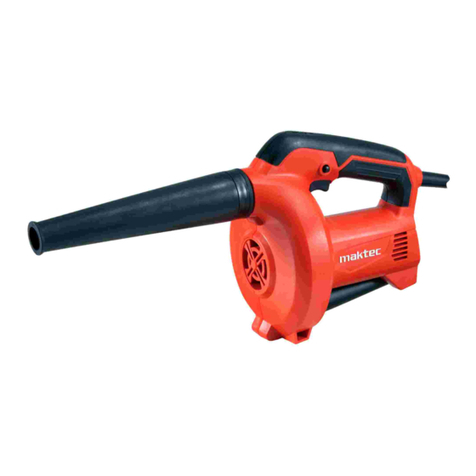
Makita
Makita M4000 User manual
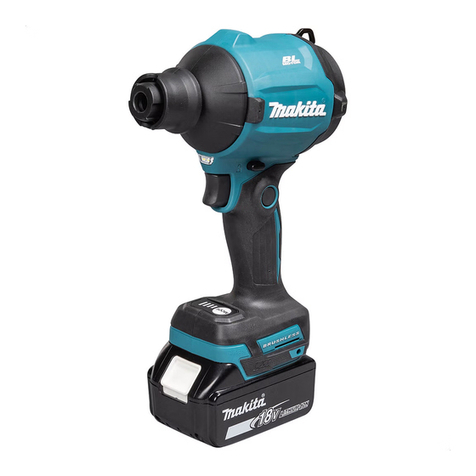
Makita
Makita DAS180 User manual
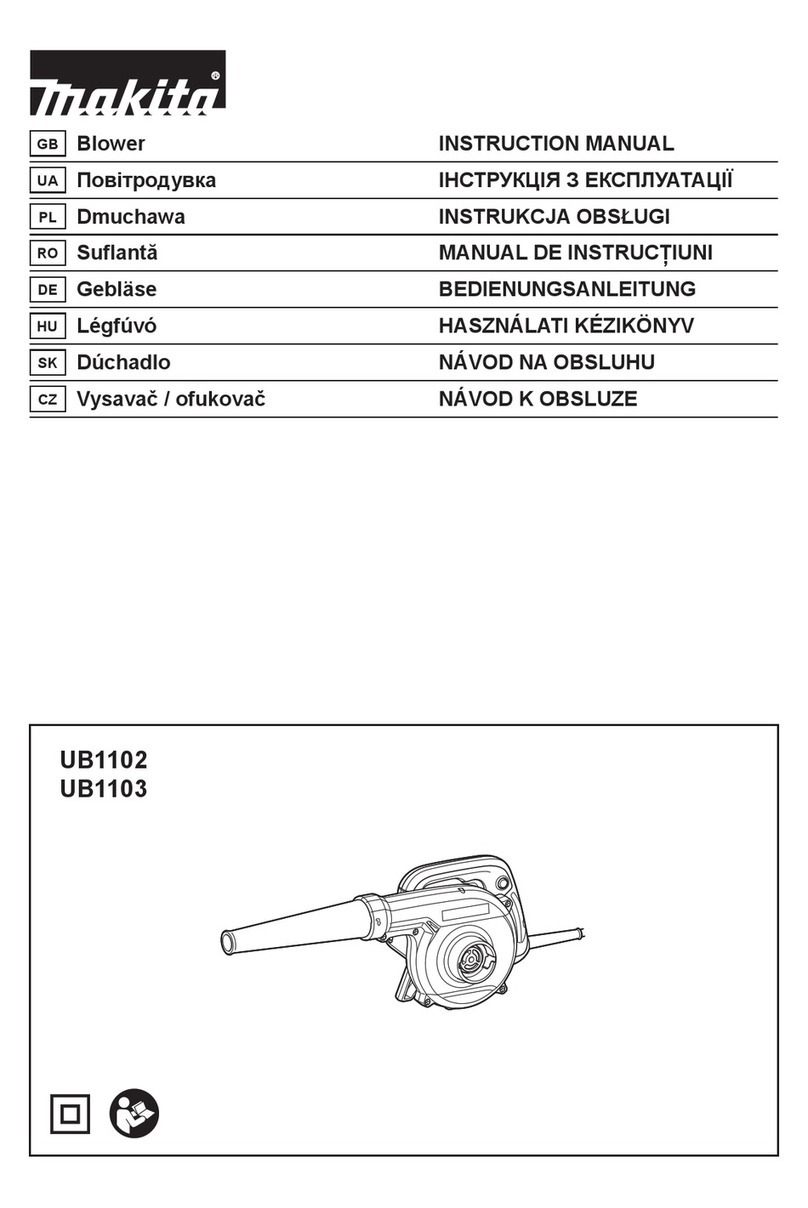
Makita
Makita UB1102 User manual
Popular Blower manuals by other brands

Lithium Earthwise
Lithium Earthwise LB20024 Operator's manual

EINHELL
EINHELL GE-CL 36 Li E Original operating instructions

EINHELL
EINHELL VENTURRO 18/210 operating instructions

Troy-Bilt
Troy-Bilt 657 Operator's manual

Weed Eater
Weed Eater VS2000BV instruction manual

KRAUSMANN
KRAUSMANN U37020-00 Operation manual
